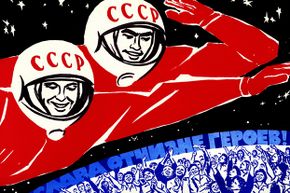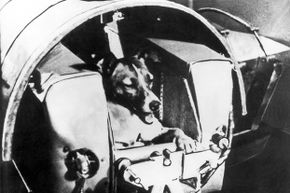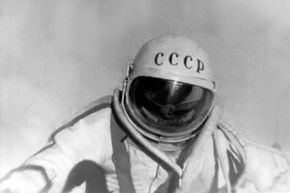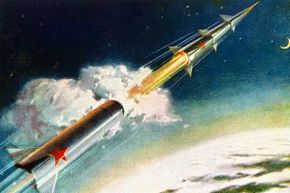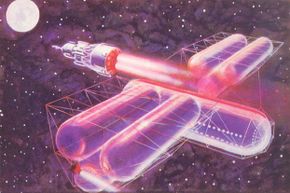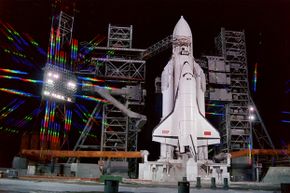It was Oct. 4, 1957, and all eyes were on the sky. That's when the Soviet Union launched Sputnik I, a 184-pound (84-kilogram), beach-ball-sized sphere trailing four spindly antennas behind it. The dim glint from its polished metal surface would have been awe-inspiring had it not been during the early throes of the Cold War when the Soviets and the United States were having a nuclear-fueled staredown. Instead, it was terrifying. Americans worried that Sputnik's success meant it was only a matter of time until their archenemy would soon use the new technology to obliterate them with space nukes. In January 1958, the Americans countered with their own satellite, Explorer I, and the Space Race was on [source: Garber].
Secrecy was of the utmost importance for the two countries as they battled for superiority in Earth's orbit and beyond. Neither superpower wanted the other to know too much about what they were doing, lest their secrets be revealed. The Soviets, however, made tight lips a national pastime, denying not only specific events (often failures), but also entire programs. It was only after the Soviet Union collapsed in 1991 that the rest of the world found out some of what their space program was up to all those decades. There are certainly things nobody knows for sure, but here are a few things that are definitely true.
Advertisement
